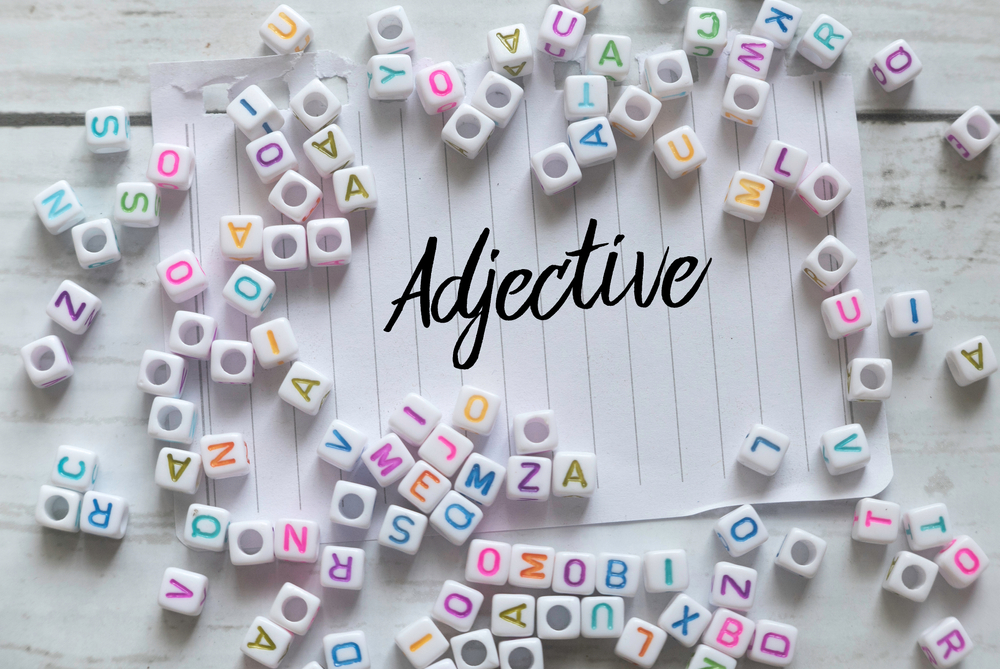Handwriting Skills Normal Worksheets for Ages 5-6
8 filtered results
-
From - To
Nurture your child's penmanship with our "Handwriting Skills Normal Worksheets" designed for ages 5-6. Our carefully crafted worksheets foster foundational handwriting abilities, ensuring young learners develop proper letter formation, spacing, and neatness. With engaging activities that make learning enjoyable, children gain confidence in their writing skills as they practice tracing, copying, and freehand writing. Each worksheet is tailored to this critical developmental stage, focusing on both uppercase and lowercase letters. Enhance your child's early education at Kids Academy, where effective handwriting practice sets the stage for academic success. Enjoy watching your child’s penmanship evolve beautifully with our resources.


Letter Q Tracing Page
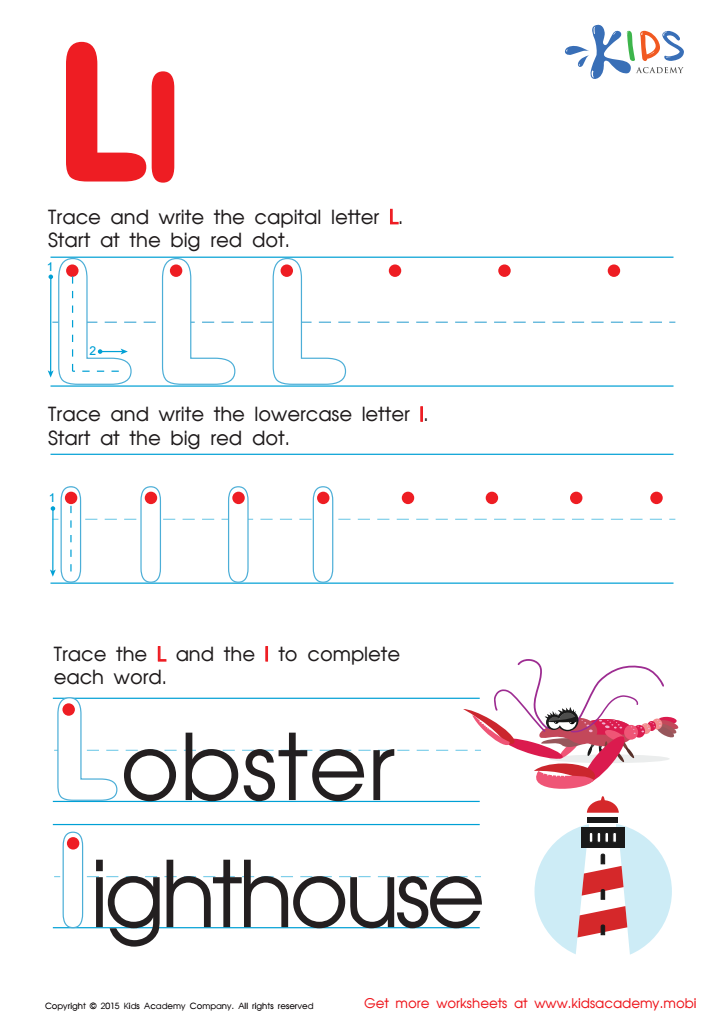

Letter L Tracing Page


Kindergarten Number Tracing: Mary's Bag Worksheet
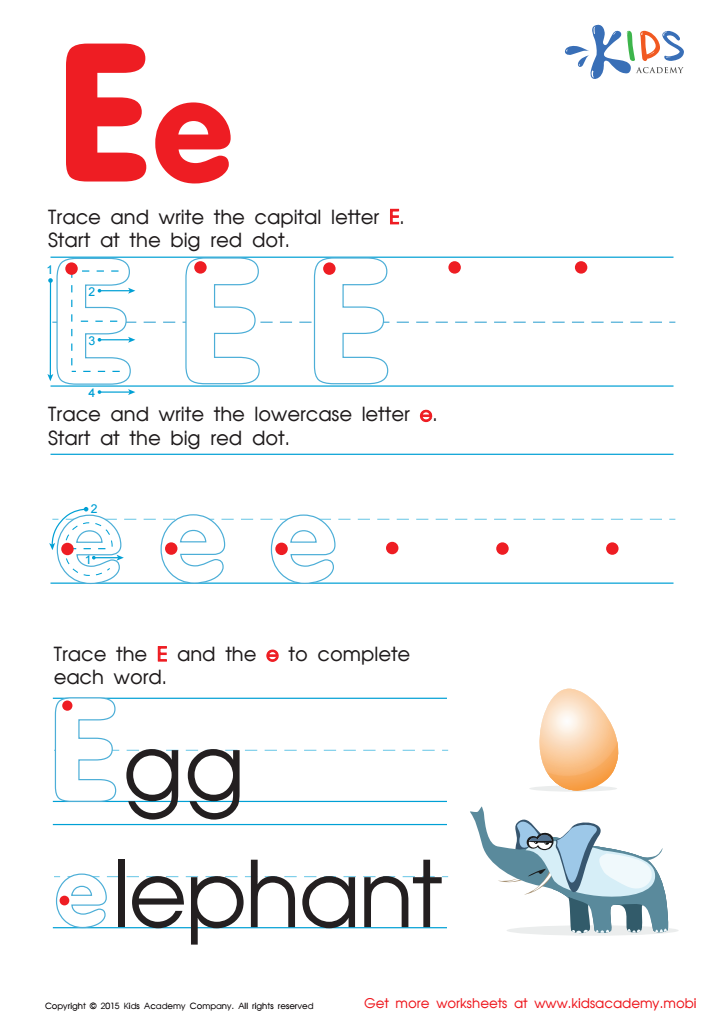

Letter E Tracing Page


Shapes in Real Life: Cone Worksheet
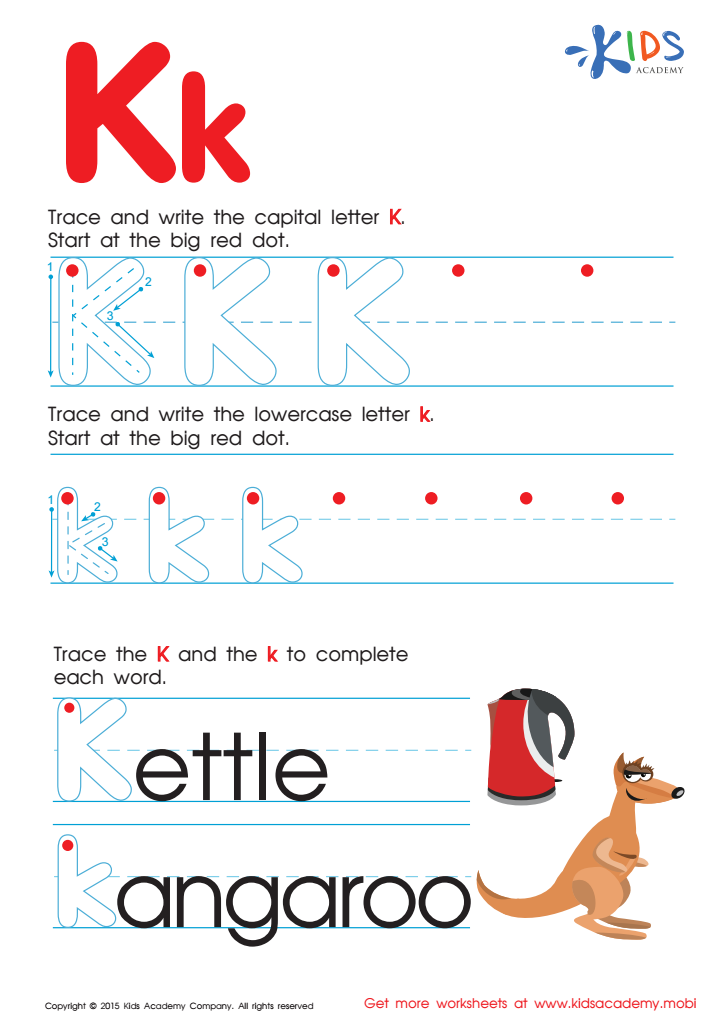

Letter K Tracing Page
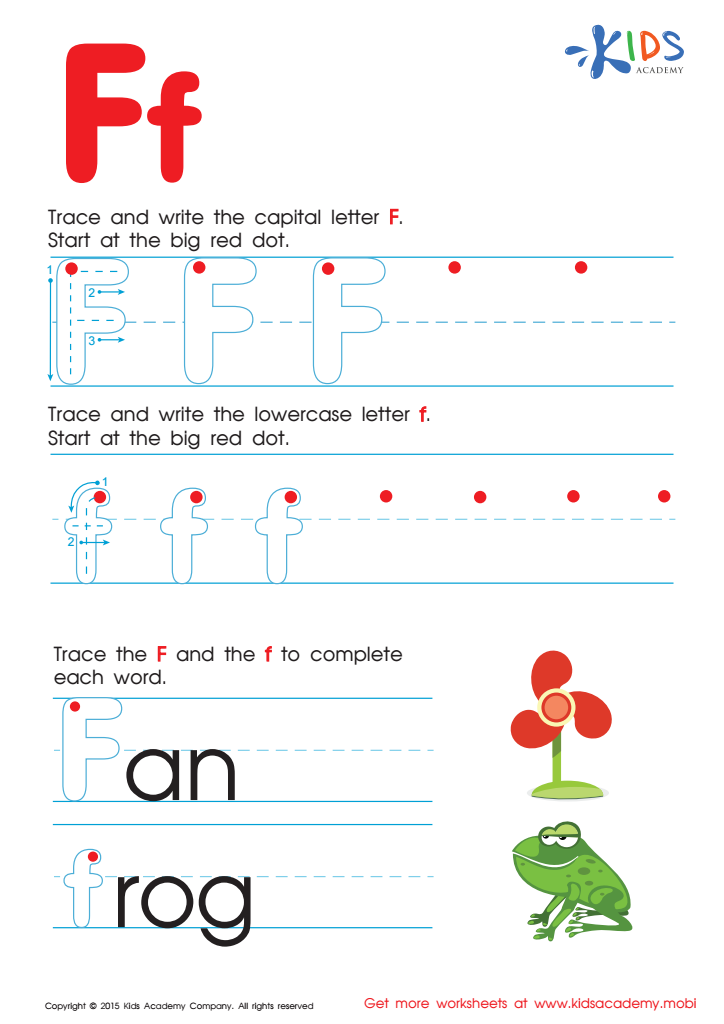

Letter F Tracing Page
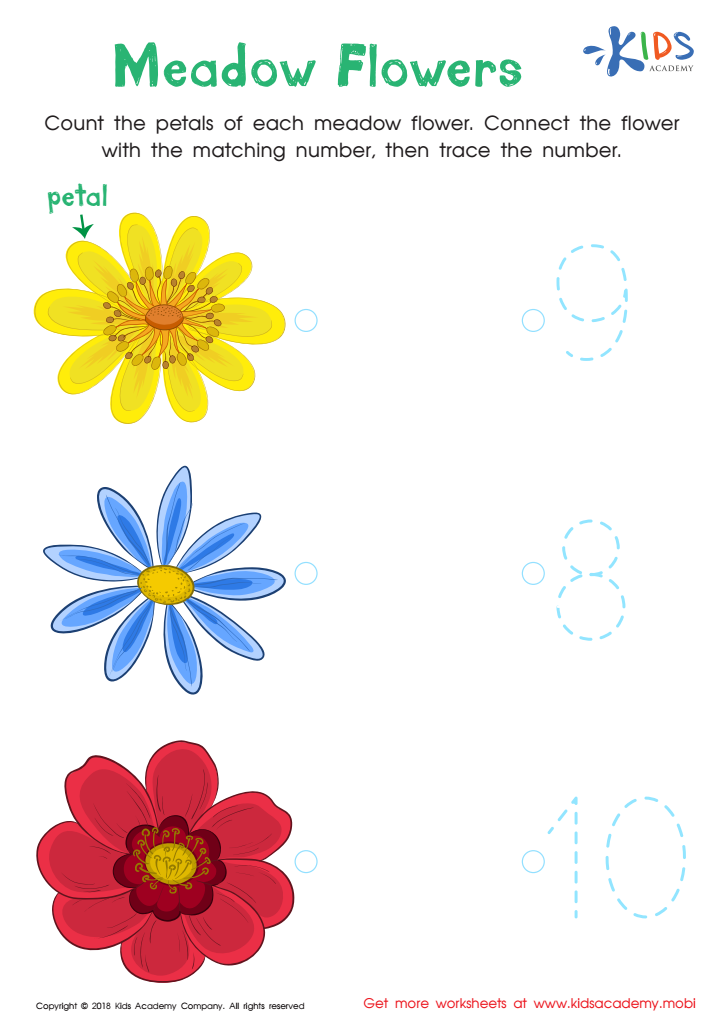

Kindergarten Number Tracing: Medow Flowers Worksheet
Caring about handwriting skills in children aged 5-6 is essential for multiple reasons. First, handwriting is a fundamental component of literacy. At this age, children are in a crucial stage of developing fine motor skills, which are critical for writing legibly and efficiently. Good handwriting promotes better comprehension and communication because thoughts can be expressed clearly.
Secondly, developing handwriting skills supports cognitive and psychological growth. The process of learning to write involves engaging multiple areas of the brain simultaneously, aiding in overall cognitive development. Practicing handwriting can also enhance memory and learning since the act of writing by hand encourages neural connections vital for processing and retaining information.
Furthermore, handwriting practice can boost self-esteem and academic performance. When children skillfully form letters and words, they gain confidence and are more likely to engage actively with school assignments. Clear and legible handwriting reduces misunderstandings and frustrations and results in better feedback from teachers.
Lastly, early focus on handwriting provides a strong foundation for future academic tasks. Proficiency in handwriting supports later skills like composing essays and stories. Thus, placing importance on handwriting skills for 5-6-year-olds is crucial for their ongoing educational success and overall development.
 Assign to My Students
Assign to My Students





